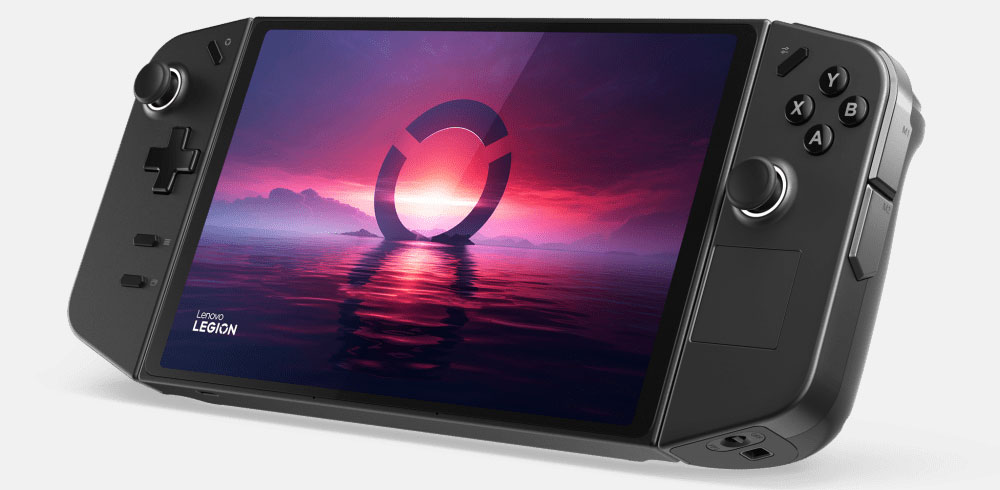We are and will be dealing with several troubling labor actions this year. As of this writing, movie writers and actors are on full strike, and the United Auto Workers seem to be on track to shut down U.S. domestic automobile production at a time when the car industry is in deep trouble. Air transportation workers are about to go out on strike as well.
The total impact of these strikes could be devastating on a national level, with AI and massive compensation disparities between CEOs and other employees cited as major contributing factors.
Human resources (HR) should be one of the protections against this kind of employee collective action. However, for years, it has been more of a compliance organization that works to cover up executive mistakes rather than taking care of employees.
AI could have a huge positive impact on work/life balance, fair compensation, and turning companies into better workplaces. Still, too often, AI is positioned as a threat to employees instead of a benefit.
Let’s talk about the potential of AI to improve employee-employer relations and help executives make better decisions. Then we’ll close with my Product of the Week: a new handheld gaming system from Lenovo powered by AMD.
Embracing IBM’s AI concept
IBM has been outspoken about using AI to enhance rather than replace employees, and companies planning to use AI should take this concept to heart.
Take the actors and writers strike, for instance. The movie industry has had several very high-priced failures of late. These weren’t the actors’ fault, and while you could blame the writers, often it was studio decisions that changed the scripts or directors that didn’t seem to understand the subject material that was the cause.
Executives make bad decisions all the time for a variety of reasons. Often, the reason is that they prioritize showcasing their authority over someone more qualified to make the decision as some kind of power play. Assuring the success of movies and TV shows more effectively could substantially reduce the pressure to replace actors and writers with artificial intelligence.
Movies: Bad vs. Good
Looking at some of the recent failures like “Shazam! Fury of the Gods,” “The Little Mermaid,” “The Flash,” “Black Adam,” and “Dungeons & Dragons: Honor Among Thieves,” I think the problem is that the studios have forgotten that you need three things to be successful: good content, a strong but accurate marketing program, and fan engagement before the release of the movie.
“Shazam! Fury of the Gods” should have been a TV show because it seemed to lose all the fun of the original. They should have had Shazam against Black Adam with Superman’s help because we know that storyline is very popular.
“The Little Mermaid” tried to showcase diversity by repeating the same mistakes of the first “Ghostbusters” remake, and the last “Wild Wild West” movie forced diversity into a non-diverse existing storyline and lost the fans in the process. It didn’t help that neither film embraced the older storylines very well.
With “Dungeons & Dragons: Honor Among Thieves,” which I really enjoyed, you don’t have the baseline of D&D fans needed to drive that movie to success anymore.
The failure of “The Flash” was particularly annoying because a similar successful animated movie called “Justice League: The Flashpoint Paradox” was successful. If they had done a live version of that, the plot would have been significantly better than the muddled mess they ended up with.
Compare all that to “Barbie” and “Oppenheimer.” “Barbie” successfully showcased diversity and women’s rights by creating a purpose-written story that embraces the main character’s history but works in the message without pissing off Barbie fans. “Oppenheimer” shouldn’t have been successful (it’s an old topic), but it was a brilliant story with historical meaning and was marketed very well.
Replacing writers and actors with AI could harm successful movies more than it would help unsuccessful ones because part of the success often lies in the quality of the acting.
However, using AI on unsuccessful movies would have only reduced financial losses, not increased the likelihood of success. The danger of using an automated process like AI is that you just make many more failed movies, losing less on each one but losing more money overall if you consider marketing costs.
Automotive
Let’s take electric cars and Tesla. I met with one of the past CEOs of Ford years ago and argued that if he didn’t get what Tesla was doing, then Tesla was going to eat his lunch. Tesla built a no-compromise electric car and built out a charging ecosystem so buyers would have a good electric car experience. Teslas were designed fresh from the ground up, not as gas cars with electric motors.
U.S. car companies treated what Tesla did as some kind of optional list when it was an “all of the above” thing. As a result, even though some of their designs have been more attractive and many have had higher build quality, none of the car companies — except in China, where the government is more supportive of the trend — have been as successful as Tesla.
The formula was clear and had nothing to do with the employees, but the car companies didn’t want to follow it, and they weren’t successful. Like the movie industry, the major problem wasn’t excessive labor costs or inferior labor. It was about bad decisions when it came to crafting a competitive solution.
AI Decision Support
So, the right place to use AI initially isn’t to replace labor but to improve the decision process so that those making the decisions make fewer bad ones. With AI and the metaverse providing can-do, large-scale simulations, you can also model past good and bad choices and use AI to help you follow the successful path instead of one of repeated mistakes.
Making movies that folks want to see or cars that they want to buy shouldn’t be hard. You can model the buyer, and AI can speed time-to-market for new designs significantly by removing a lot of the tedious tasks like storyboards and clay models to get to a better representation of the finished product.
If making bad decisions is the problem, automating production will only worsen that problem, as you’ll just end up with more bad results. You need to fix the decision process first, then approach cost savings in a way that removes unnecessary costs instead of eliminating what may later turn out to be necessary resources.
Wrapping Up: The Strikes Are Wrong-Headed
Both the U.S. film and automotive markets are in trouble. The strikes are likely to cause the failure of one or more of these companies without addressing the core problem, which isn’t compensation but bad decisions that result in product market failures.
AI can and should be used to fix the decision problems first so that when AI is used to enhance, not replace, the existing workforce, you will get more products and a higher percentage of successful outcomes.
Companies should first use AI to help line workers eliminate the less enjoyable aspects of their jobs, such as rewrites, reshoots, compliance documentation, etc., rather than replacing those workers. By showcasing compassion and empathy for customers and employees, you foster better relationships and contribute to long-term company viability.
I’d also argue we need to rebalance CEO and line compensation, but that is a topic for another time. For now, AI is best used as a tool to enhance employee performance, not replace them, and especially to help executives make better decisions more consistently and avoid mistakes more successfully.

Lenovo Legion Go
AMD dominates the dedicated gaming space as the vendor of choice for Sony PlayStation and Microsoft Xbox. So, it makes sense that when Lenovo wanted to create a breakout handheld gaming platform, the Legion Go, it would choose AMD as the vendor.
PC gaming is around a quarter of the gaming market today, while smartphone gaming represents over half of the market, indicating that one of the limitations of PC gaming is its lack of portability.
Many PC games can use game controllers, but even if you have a keyboard and mouse, most gamers I know choose not to use them. That makes on-the-go gaming nearly impossible because the keyboard, and especially the mouse, limits where you can game.
Lenovo Legion Go is a Windows 11 handheld computer focused on gaming with modular handheld controls and ten mappable buttons, so you don’t miss the extra functionality you’d typically have with a keyboard.

The Lenovo Legion Go packs the performance of a Windows PC into a handheld gaming device. (Image Credit: Lenovo)
The 8.8-inch screen has 500 nits of brightness for outdoor viewability, and it is expected to have over five hours of battery life and can charge to 70% capacity in as little as 30 minutes.
The device is a bit chunky — and it needs to be to dump the kind of heat a gaming rig puts out — but to many, that will make the device feel more substantial and premium.
While this is a first-generation device, Lenovo has been making gaming laptops for years. This device is just a new form factor, so the risks mostly have to do with the launcher (how you load and switch between games and applications). That will be patched and updated over time without needing to replace the device, so the first adopter risk is minimal.
We are approaching Christmas, so this might be the perfect gift for the PC gamer who wants to be more mobile.
Lenovo also released a new head-mounted consumer display called Legion Glasses.

Lenovo Legion Glasses offer Legion Go gamers a wearable, high-quality display for a private, large-screen experience. (Image Credit: Lenovo)
I think there is an opportunity to tie both devices together to get a portable, big-screen gaming experience that would be unmatched in the market. We’ll see.
For now, the Lenovo Legion Go handheld gaming device, which is set to launch in October with a starting price of $699, is my Product of the Week.

























































